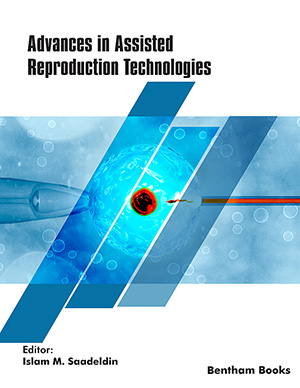Abstract
Dihydrofolate reductase (DHFR) has emerged as a model enzyme to investigate the role of dynamics in catalysis. This review begins with a description of the timing of the protonation of the dihydrofolate substrate and the subsequent hydride transfer reaction. This is followed by a summary of the results obtained from bioinformatics, theoretical and experimental studies of coevolving DHFR residues. Some of these residues appear to be dynamically coupled to each other and to the reaction coordinate. Importantly, the coupling appears to expand across the entire enzyme as many of the coevolved amino acids are remote from the active site. The importance of introducing mutations during evolution in the correct evolutionary order is also discussed. These studies involved a combination of steady state and pre-steady state rate measurements, kinetic isotope effects, NMR spectroscopy and computational investigations of the wild type DHFR from E. coli and several mutants. The cumulative results implicate a role of motions across the entire protein in DHFR catalysis, which may serve as a guide in studies of other enzymatic systems.
Keywords: Dihydrofolate reductase, enzyme dynamics, enzyme evolution, global network, hydride transfer, kinetic isotope effect.



























